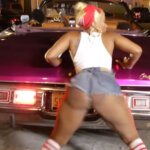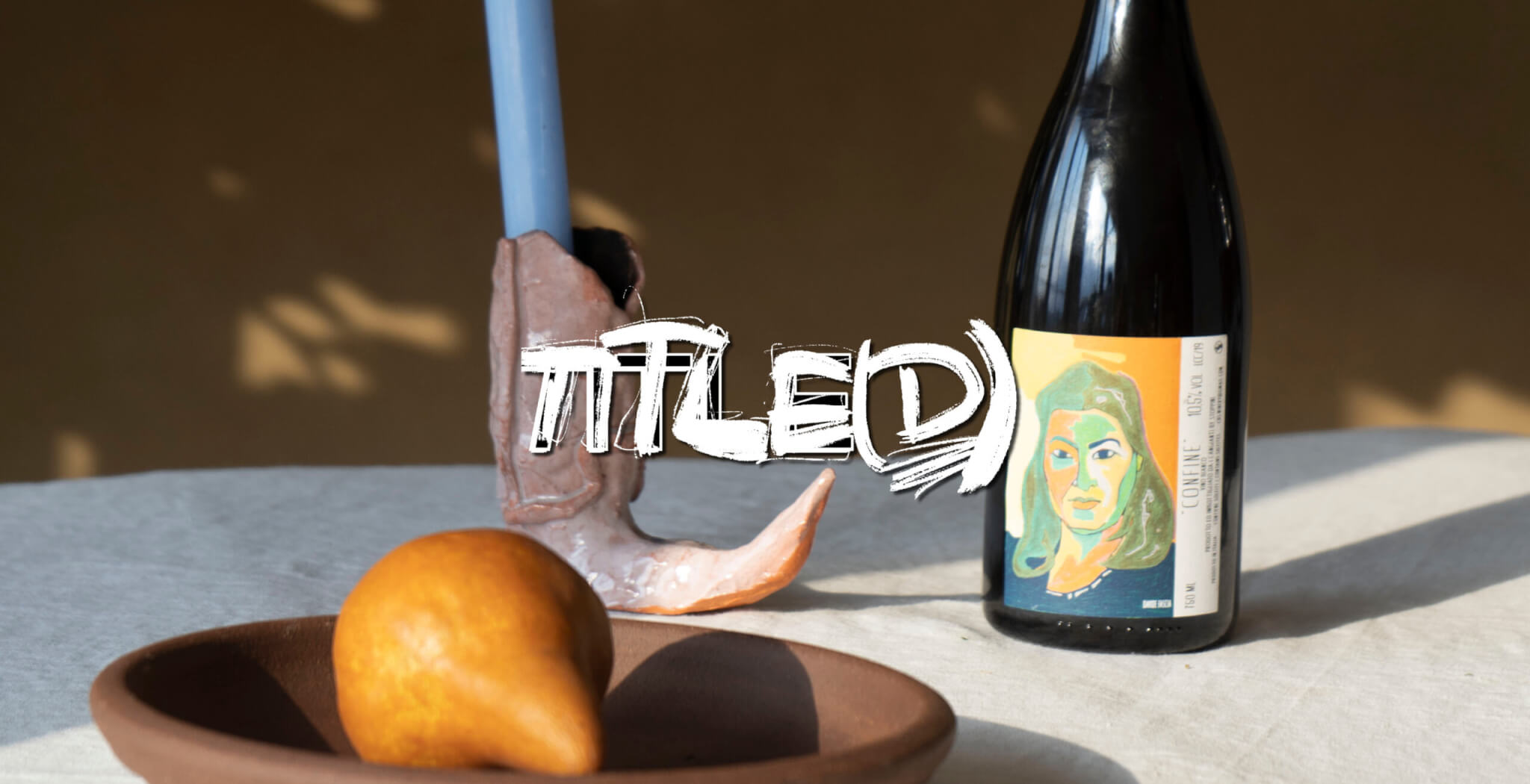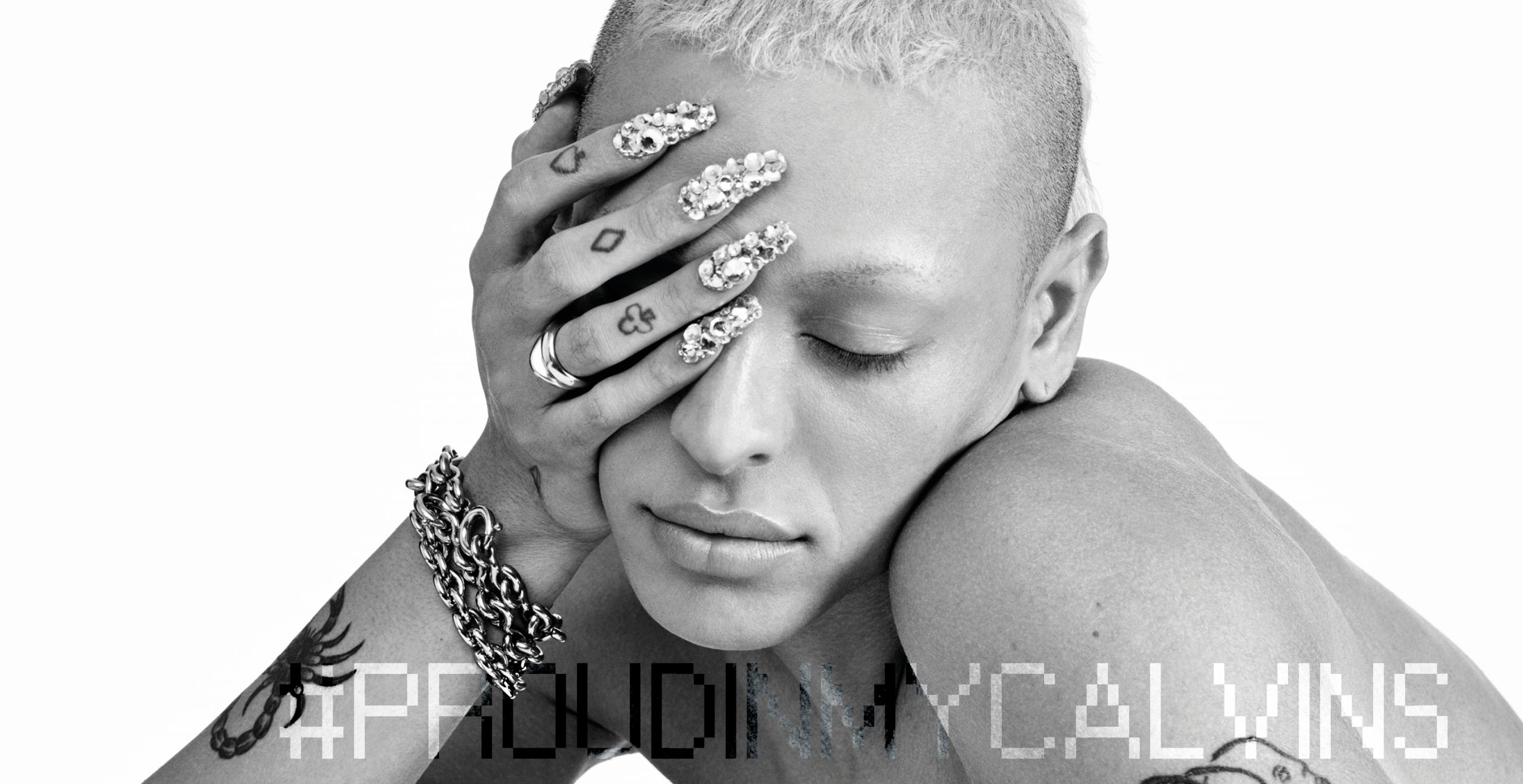During the Day of Club Culture Award Ceremony (Tag der Clubkultur) held last month in Berlin, Berlin senator for culture Joe Chialo — coming to power with the first conservative government in more than two decades — took the stage and spoke about the project that envisions building a highway across the city, in an attempt to garner support from the audience. The ‘highway to hell’, meant to make the city friendlier to cars, has been negatively received especially by leftists, environmentalists, and without unnecessary labels, those who prefer a city for the people rather than for cars.
In an event like this, awarding nightlife performers of all kinds, Chialo’s speech was out of place. The highway project clearly fosters gentrification and invites those in privilege to settle in, in exchange for sacrificing cultural heritage. While the audience was booing at Chialo, a performer stood up in the first row and twerked at him, and with that, the speech drew to a fatal end. Yes gurl, snap it.
Venérea’s message was straightforward: we aren’t here to sit quietly and listen — we occupy this space and we are unapologetic about it. Now, chill daddy, we aren’t at your disposal.
Twerking Wasn’t the Way it Is Today
The “provocative” gyration of the hips and buttocks has led many to categorise it as sexual. But the truth is that, centuries ago, when it originated in Côte d’Ivoire in West Africa under the name Mapouka, the dance was used to worship deities and in celebratory events. We’ve seen this happening over and over again in modern times, that cultural customs and rituals are extracted from their context and either demonised or popularised, they become tokens of pop culture, dissociated from their initial purpose.
90s reggae and hip-hop music videos popularised the dance, making it seem obscene by presenting the female body as inviting and perverted. That, of course, occurred in an era heightened by the normalisation of the male gaze, being women a symbol of men’s success and an object of sexual pleasure. However, the popular meaning of twerking has changed a lot during the last 30 years, and many (sadly) argue that Miley Cyrus’s 2013 VMA performance with Robin Thicke was the moment when it began to take on the meaning of female empowerment.
According to Javiera Ravest, a sociologist in gender studies at the University of Chile, twerking was neither seen as disruptive nor read through the lenses of feminism until the student protests against sexual assault sprouted all over Chile in 2018. With recent movements against patriarchy and sexism, twerking has emerged as a result of feminist and queer mobilisation, allowing women and non-male identified individuals to own their bodies and say out loud, “I’m not doing this for you but for ourselves. Stop looking at us.”
Twerking Is Powerful
Speaking with my friend Raquel Baquero about how she experiences dance for TITLE’s print edition focused on dancing, The Originals Issue, she tells me that twerking made her realised how “powerful the vibration and movement of the pelvic girdle can be, energetically speaking. Especially for women, for whom the movement of this area has been restricted for centuries with the ideas of modesty, femininity and the control of women’s bodies.”
Twerking doesn’t only point at a conversation about feminism and rejecting the patriarchal gaze, but also about imbuing our bodies with agency and the power to connect with different areas of our body. While twerking has become a political tool by linking the body to ownership and pleasure, which under capitalism isn’t encouraged as the body is the subject to economic fulfilment, it also brings questions about how we appropriate and commodify black heritage. Like blues and salsa, twerk is a diasporic expression holding on to healing and transformative powers, tools through which we remember and resist.
Header image: still from video ‘Twerk’ by City Girls ft. Cardi B




























